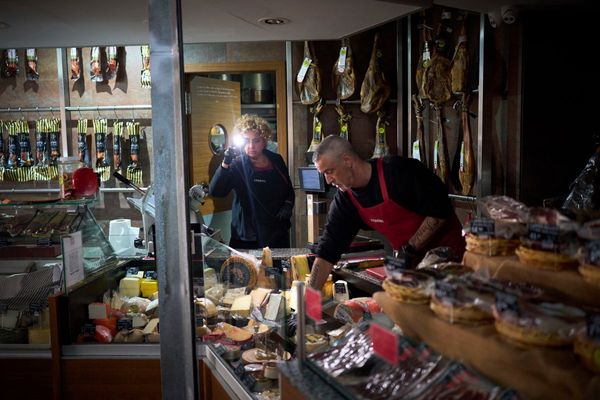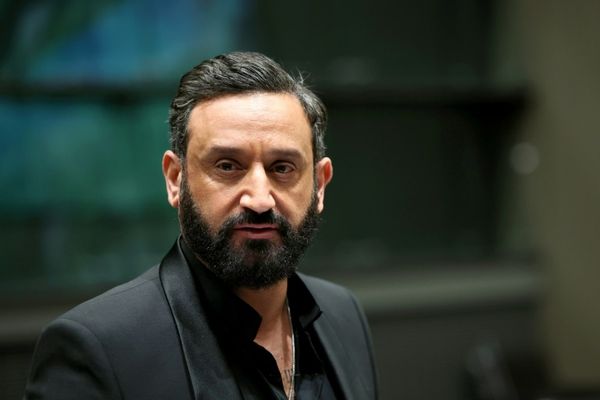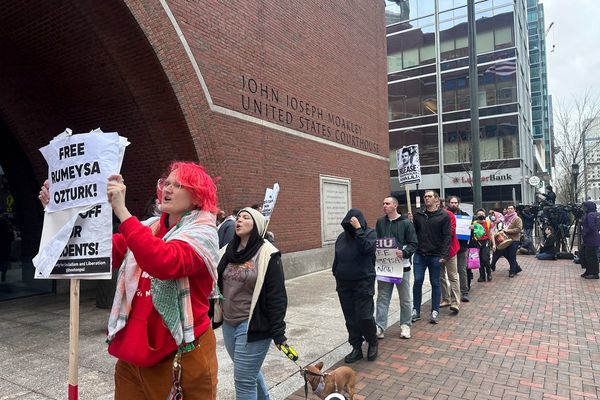
There are still no plans to cut interest rates soon as the Reserve Bank held the cash figure steady for what will be a calendar year.
The RBA wants more signs inflation is under control before it will consider lowering rates, Governor Michele Bullock says.
The key interest rate has been unchanged at 4.35 per cent since November 2023 and will remain there until at least November 5 when the RBA board meets next.
A development at the board's meeting on Tuesday was it did not explicitly consider the possibility of a rate rise, with discussion instead focusing on what has changed since last time.
"Having said that, the message clearly from the board is that in the near term, it does not see interest rate cuts," Ms Bullock said after the meeting and announcement on the cash rate.
But data in the interim suggested a slightly softer outlook for economic growth, although the RBA still does not forecast a recession.
Economists predicted the RBA would keep the cash rate on hold, despite its US counterpart the Federal Reserve kicking off its monetary easing cycle with a bumper 50 basis point cut.
While inflation in the US has eased to within reach of the Fed's target, in Australia underlying inflation remains high at 3.9 per cent and unemployment fairly low at 4.2 per cent.

In its monetary policy statement, the Reserve Bank board maintained its hawkish tone and said it would not rule anything out in its fight against inflation.
"While headline inflation will decline for a time, underlying inflation is more indicative of inflation momentum, and it remains too high," the statement said.
"Policy will need to be sufficiently restrictive until the board is confident that inflation is moving sustainably towards the target range."
The board still predicts inflation to return to the target range of two to three per cent in late 2025.
Tim Lawless, Research Director at CoreLogic Asia Pacific, said the decision to keep rates steady implied the RBA was satisfied with the gradual downward trajectory of inflation.
"Overall, the hold decision could provide a boost to consumer sentiment, as more households firm up their opinion that rate hikes are over and the next move from the RBA will be a downwards one," he said.
NAB, ANZ and Westpac don't expect the RBA to deliver its first cut until at least February.
But CBA predicts borrowers will receive an early Christmas present with a December 10 rate cut.
Monthly inflation data due to be released by the Australian Bureau of Statistics on Wednesday will give the RBA another indication of the economy's progress, especially on sticky services inflation.
Ms Bullock predicted the data to show the effects of the government's energy price relief, with the headline figure potentially coming in below three per cent for the 12 months ended August.
CBA economists expect core inflation to fall 40 basis points to 3.4 per cent over the year to August and the September quarter trimmed mean CPI to print below the RBA's expectations.
Treasurer Jim Chalmers said the cost-of-living measures were having a real impact for people doing it tough.
"We're doing all of this in the most responsible way we can," he said.
"Our primary focus is on the fight against inflation, but we can't ignore those risks to growth."
Shadow treasurer Angus Taylor said the government was failing to bring down core inflation or fix stagnant labour productivity growth.







